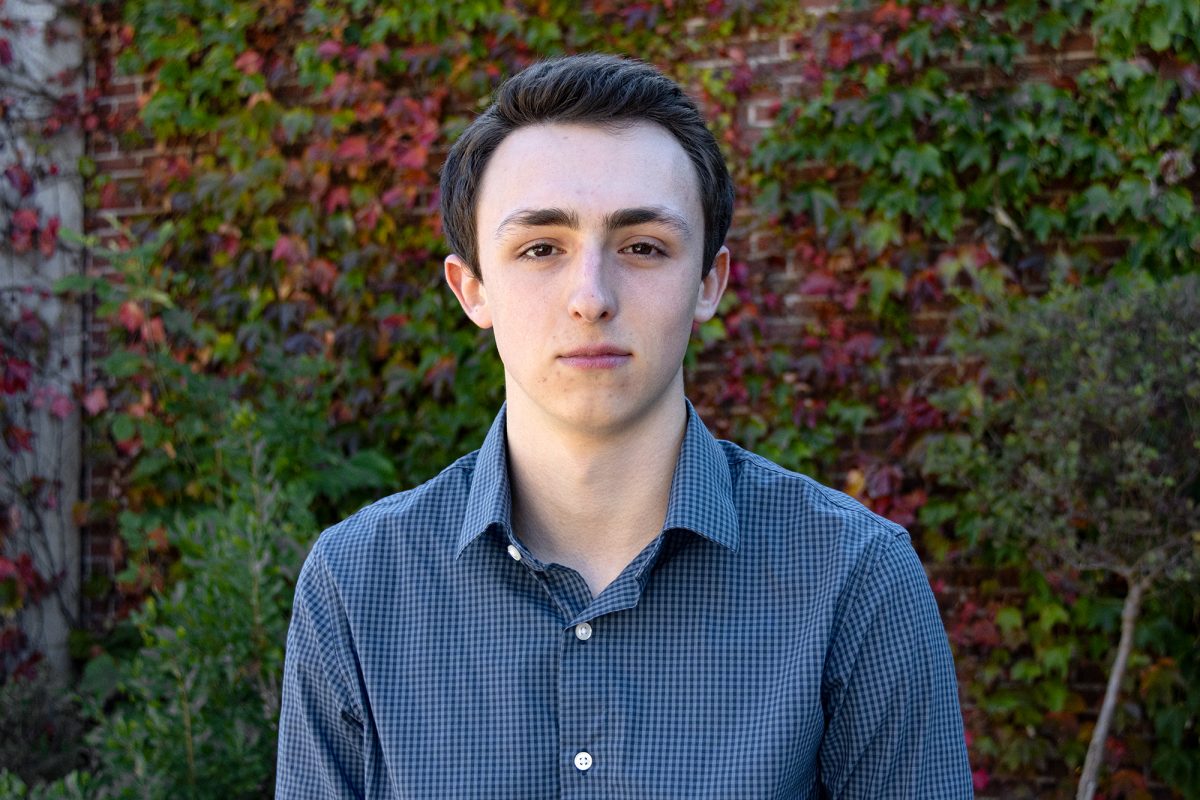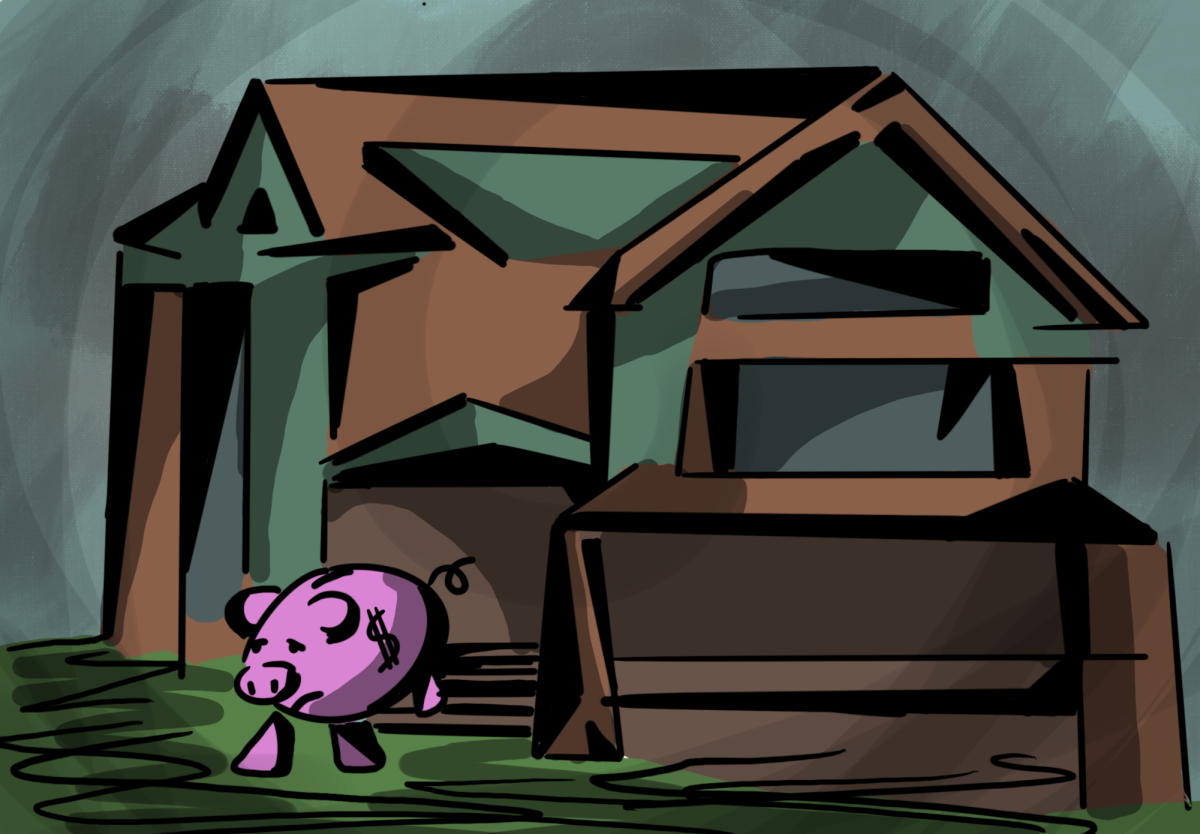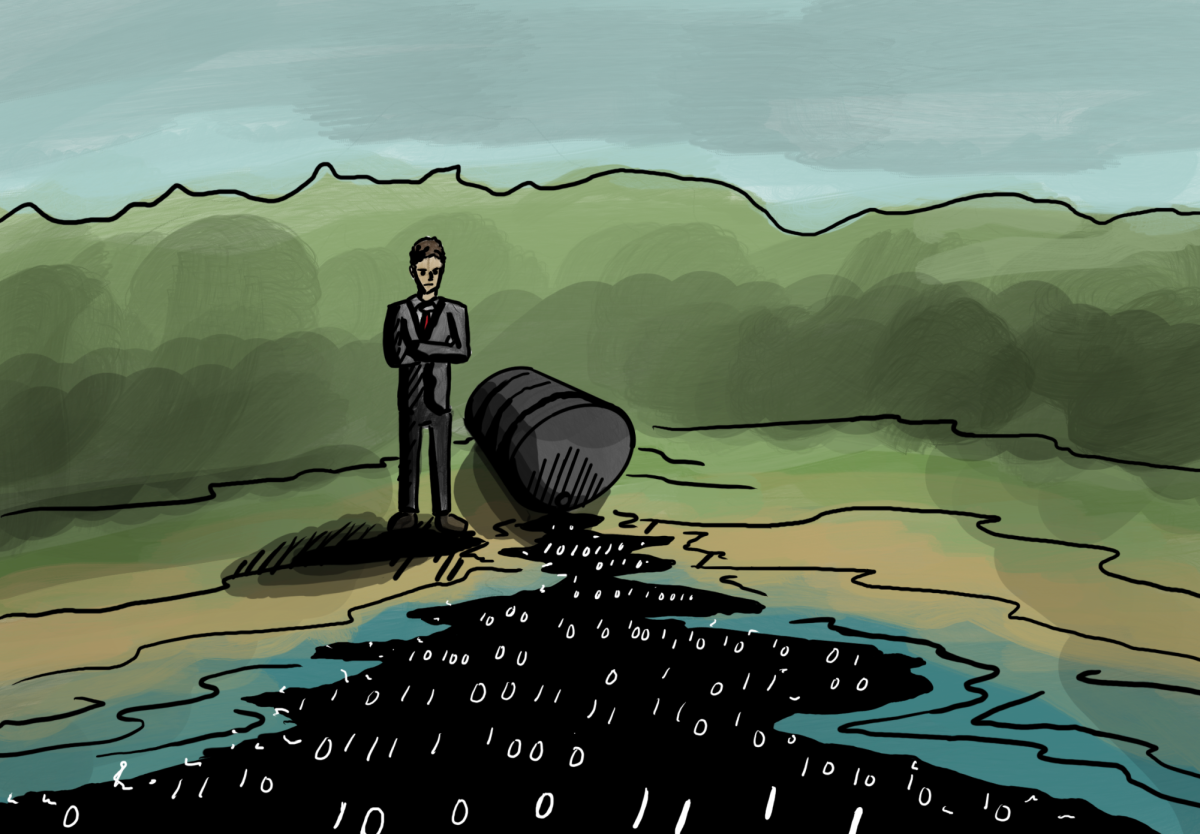Students have four spring breaks during their studies at Ithaca College, and some of them are more memorable than others. For three Park students studying international communications and me, this was one that will be hard to top. We had planned this faculty-student collaborative research trip for five months but did not know what to expect after arriving in Doha, Qatar.
People seemed puzzled or concerned by our choice of destination. Qatar is the tiny peninsular country surrounded by the Persian Gulf and in the vicinity of powerful and better-known neighbors, Saudi Arabia, Iran and Iraq. Besides the Middle East being a crucially significant region in current world politics, Qatar is the home of media organizations and media developments with a global impact. If at all, most people have only heard of Qatar, or its dynamically growing capital Doha, in the context of Al-Jazeera, the “infamous” news network that has been banned and heavily criticized by so many governments and media organizations around the world. Our primary goal was to visit Al-Jazeera Children’s Channel, headquartered in Doha, and learn more about children’s television in the Arab world, a completely under-researched area in global communication.
None of us had set foot in the Middle East prior to this trip. Our international travel experiences varied greatly: Junior Joe Bagliere participated in a high school trip to South Africa, senior Daniel Haack spent a semester in London and junior Tucker Ives had his first passport issued in January. While I have been addicted to traveling for quite some time, the Middle East is a completely uncharted territory for me as well.
Besides the usual items that make up the travel checklist, there were two region-specific tasks on ours. We had to monitor the State Department’s security concerns for the region.
The official statement issued prior to our departure for travelers to Qatar contained a section about the possibility of “potential attacks against U.S. interests,” including “suicide and vehicle bombing operations, shootings and assassinations, kidnapping and hijackings.” Such potential concerns sneaked into our dreams, and I questioned why we were not heading to Nickelodeon’s headquarters in California instead.
We also had to research and assemble appropriate travel clothes. Qatar is an Islamic state where most local women and men wear full-length black abayas and white thobes in public. As foreigners, we enjoyed a more “relaxed” dress code than we would have in Saudi Arabia and were advised to dress “modestly,” covering at least shoulders and knees. While we spent a good part of our five days in air-conditioned facilities conducting interviews and visiting media organizations, it was still a new experience to not wear shorts or sleeveless tops in the desert heat that was approaching 100 F (38 C) with not a single cloud.
As the weekend approached and with it our departure back to New York, we wanted time to stand still, only this time for the opposite reason. The Thursday night was balmy with half of Doha converging at Souq Waqif and the market area full of cafés, restaurants and tiny stores selling everything from saffron to “old” Iraqi bills printed with Saddam Hussein’s portrait.
Sipping freshly squeezed mint-lemonade, I reminisced about our visit to the natural sand dunes of Qatar and our local guide teaching us how to jump fearlessly from the top of the steep dunes. Maybe this is what breaks should be about: challenging our perceived limits. Afterward, you will feel ready to do anything.
Kati Lustyik is an assistant professor in the department of television-radio. E-mail her at [email protected]







